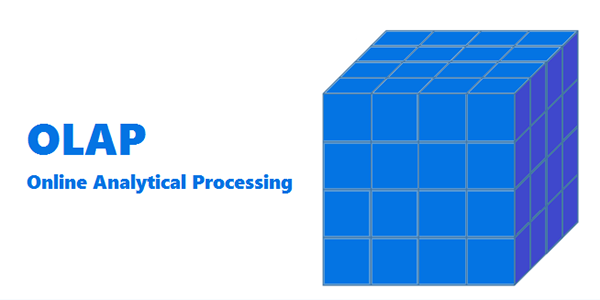Understanding OLAP: The Technology behind Efficient Data Analysis
Companies must make informed decisions based on accurate and up-to-date data in today’s fast-paced business world. This is where OLAP comes in. OLAP, which stands for Online Analytical Processing, is a technology that enables businesses to perform complex data analysis quickly and efficiently.
Understanding OLAP
In this blog post, we’ll look closely at what is olap, how it works, and its benefits.
What is OLAP?
OLAP technology allows businesses to analyze large amounts of data quickly and efficiently. It aggregates data from various sources into a single database, which can be analyzed using various tools and techniques. OLAP databases are typically optimized for read-heavy workloads, which means they are designed to retrieve and display data quickly.
One of the critical features of OLAP is its ability to quickly perform complex queries on large datasets. OLAP databases are designed to support a wide range of analytical functions, including roll-up, drill-down, slice-and-dice, and pivot. These functions allow users to view data from multiple perspectives, making identifying trends, patterns, and insights easier.
How does OLAP work?
OLAP works by organizing data into multidimensional structures known as cubes. Each cube is made up of dimensions and measures. Dimensions represent the attributes of the data, such as time, geography, or product category. Measures represent the values, such as sales revenue, profit margin, or customer satisfaction.
OLAP databases use a process called “pre-aggregation” to speed up queries. This process involves calculating and storing the results of common queries in advance, so they can be retrieved quickly when needed. Pre-aggregation is particularly useful for queries involving large datasets, as it can significantly reduce the time it takes to retrieve data.
OLAP databases also support “slice-and-dice,” which allows users to view data from different angles. For example, users can slice data by a particular dimension, such as time, to view sales data by month, quarter, or year. They can also dice data by multiple dimensions, such as time and geography, to view sales data by region and period.
What are the benefits of OLAP?
There are several benefits to using OLAP for data analysis, including:
- Improved decision-making: OLAP enables businesses to make informed decisions based on accurate and up-to-date data. OLAP makes identifying trends, patterns, and insights easier by providing a comprehensive data view.
- Faster query response times: OLAP databases are optimized for read-heavy workloads, which means they are designed to retrieve and display data quickly. This makes it possible to perform complex queries on large datasets quickly.
- Increased flexibility: OLAP databases support various analytical functions, including roll-up, drill-down, slice-and-dice, and pivot. This flexibility allows users to view data from multiple perspectives, making it easier to identify trends and insights.
- Improved data quality: OLAP databases use pre-aggregation to speed up queries. This process involves calculating and storing the results of common queries in advance, so they can be retrieved quickly when needed. Pre-aggregation also helps to ensure data accuracy and consistency.
- Reduced IT workload: OLAP databases are designed to be easy to use, which means users can perform complex data analysis without requiring the assistance of IT staff. This reduces the workload on IT staff and allows them to focus on other essential tasks.
Conclusion:
Finally, what is olap? OLAP is a powerful technology that enables businesses to perform complex data analysis quickly and efficiently. By organizing data into multidimensional structures and using pre-aggregation to speed up queries, OLAP makes it possible to view data from multiple perspectives and identify trends and insights. This can help businesses make informed decisions and improve their overall performance.
Read More: Best Machine Learning Model for Sparse Data in 2023



